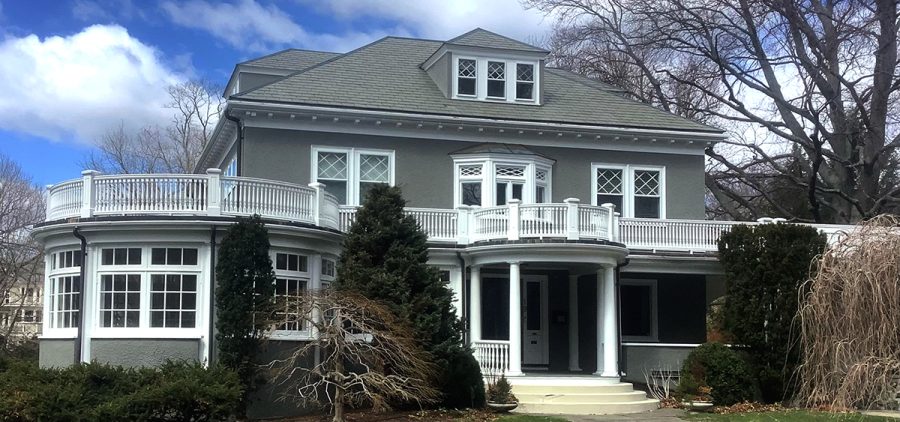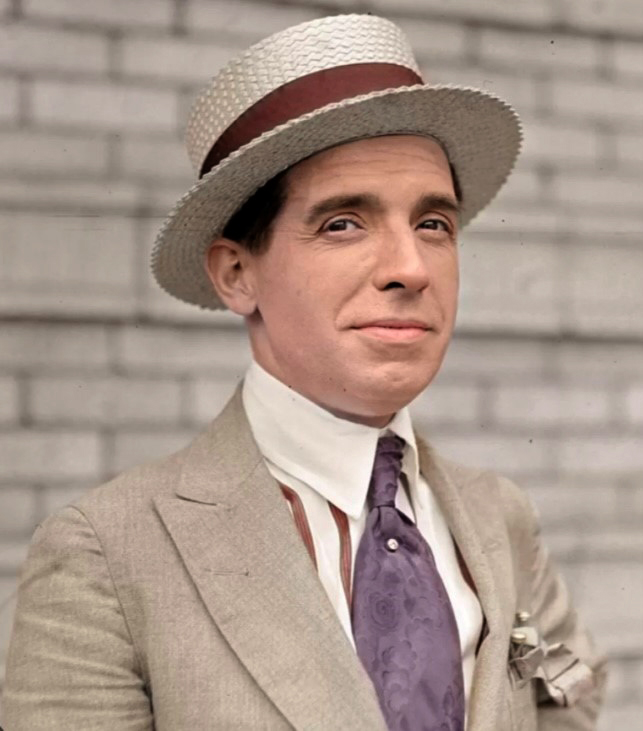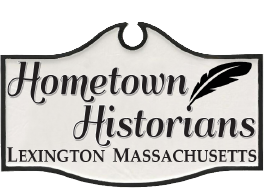Ponzi Schemes
MAY 2025
Lexington’s Charles Ponzi’s Infamous “Midnight Ride”
O n his deathbed, one of the world’s most notorious swindlers of all time, Charles Ponzii boasted in his last interview to an American reporter, “I had given them the best show that was ever staged…since the landing of the Pilgrims!”
Who was Charles Ponzi and why did he earn the dubious honor of being known for—the “Ponzi” Scheme? More than a century has passed since the term was introduced into the American lexicon and it is still widely used today.
 For starters, in 1920 he became a Lexington resident living in a stately Colonial-revival mansion at 19 Slocum Road in Lexington. His full name was Carlo Pietro Giovanni Guglielmo Tebaldo Ponzi and he was born in Italy on March 3, 1882. Ponzi arrived in Boston on November 15, 1903, with what he claims only $2.50 to his name. He quickly learned English and would go on to work many different jobs including, dishwasher, waiter (for which he was fired for shortchanging patrons), bank teller/manager, interpreter, and even smuggler of Italian immigrants for which he was arrested and served two years in Atlanta Prison.
For starters, in 1920 he became a Lexington resident living in a stately Colonial-revival mansion at 19 Slocum Road in Lexington. His full name was Carlo Pietro Giovanni Guglielmo Tebaldo Ponzi and he was born in Italy on March 3, 1882. Ponzi arrived in Boston on November 15, 1903, with what he claims only $2.50 to his name. He quickly learned English and would go on to work many different jobs including, dishwasher, waiter (for which he was fired for shortchanging patrons), bank teller/manager, interpreter, and even smuggler of Italian immigrants for which he was arrested and served two years in Atlanta Prison.

After his release from prison he returned to Boston and worked as a mining camp nurse where he eventually lost his job due to an illness. He eventually found himself in the import-export business. When this latest concern failed he started a sales business in 1919, where he attempted to sell business ideas to European contacts. This latest endeavor is where he hit upon a pyramid scheme idea that would ultimately immortalize the Ponzi name as being synonymous with a fraudulent investment scam. Through his international dealings Ponzi handled “International Reply Coupons” (IRC) and realized when cashed in for postage stamps some IRCs might have more value in America than from their country of origin. He reasoned he could start a business with the purported “profits” he would earn on the “proceeds” from the IRCs he cashed. In or around February 1920, he convinced investors to buy into in his scheme. Then, by taking in more investors later, he paid off his initial investors with a handsome profit. Hearing of the impressive returns, more people hoping to turn a quick profit rolled in to invest with the “genius financier” and by that July, Ponzi was hauling in approximately one million dollars a day. As a result, previous investors would be paid off with the money of new investors rather than legitimate profits. Hence, if new investors failed to invest, the infeasible money-making scheme would collapse—and that’s exactly what happened.
Ponzi’s scam resulted in him owing millions of dollars, wiped out five banks, and left an untold number of defrauded investors holding the bag. The federal government charged Ponzi with mail fraud and after taking a plea bargain he was sentenced to five years. He served part of his prison term and soon after release was indicted in Massachusetts for larceny. Ponzi—characterized as “a dandy and a charmer” by the New York Times—represented himself and was found not guilty at his first trial and his second trial resulted in a deadlock. His third time before the bar saw him convicted and imprisoned. After engaging in more legal battles and confidence scams Ponzi was eventually deported to Italy where he tried unsuccessfully to pursue his life as a schemer.
Ponzi died in Brazil on January 18, 1949 at the age of 66, and based on the utterances of his last interview he showed little remorse for his occupation as a “confidence trickster” who wiped out the savings of the big and the small.
 ABOUT THE HOMETOWN HISTORIANS:
ABOUT THE HOMETOWN HISTORIANS:
The Hometown Historians are local historians dedicated to preserving unique historical events, monuments, sites, and people before they slip from the pages of history.
Andrew McAleer served as a U.S. Army Historian and is the author of the Henry von Stray historical mysteries. Von Stray’s latest exciting exploits appear in the newly released: A Casebook of Crime: Thrilling Adventures of Suspense from the Golden Age of Mystery.
William Kyle Auterio volunteers for the Lexington Historical Society as a greeter.
